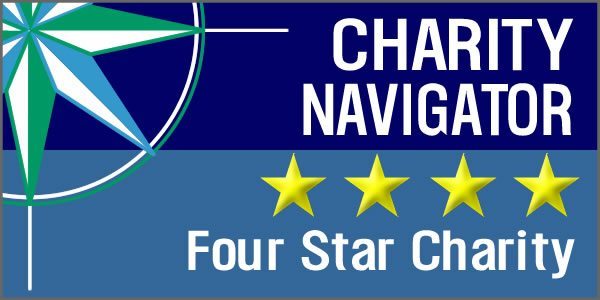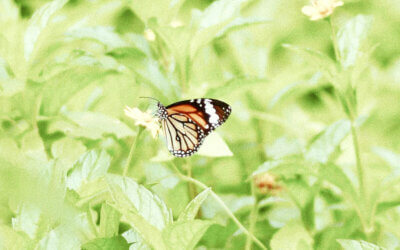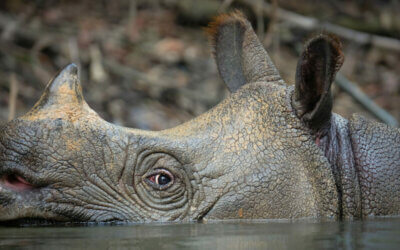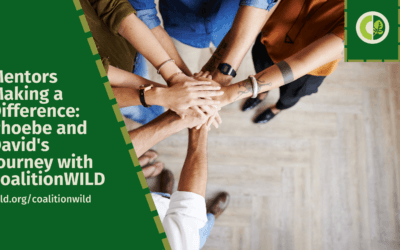2020 (bio)Diversity Interview Series: Susan Canney
We asked WILD’s program directors to share with us their biggest hopes for our future and the obstacles they face to help us get there. Each week until the end of the year, our team will publish their answers to these, and other questions, in our year-end, (bio)Diversity interview series.
This week, we feature Susan Canney and the role she is playing in helping to lead the Mali Elephant Project.
What in your past, upbringing or conservation career, inspired you to address this challenge at this time? What specific urgent challenge does your project address?
My activist streak showed early. At the age of 4 I witnessed my favourite woodland being destroyed by bulldozers. I was upset and wanted to know why people would do this. “Why” is the question that drove me then and drives me still. I was completely in love with and in awe of the natural world and I wanted to understand more about it so I chose a career in science. After University, my first job was in the Serengeti where the marvels of diversity and the abundance of wildlife were heightened by the knowledge that (a) there are very few places in the world with such natural wealth (b) this was a pale reflection of what once existed just 10,000 years previously in the Pleistocene. I soon realised that although we knew scientifically what to do (more or less), there were a whole host of social, economic and political factors that were preventing us from being able to save our natural world; so I went on a journey of exploration to try to understand the role of these non-scientific blocks, ending up researching sustainable development policies for the UK government’s chief independent advisor. I sought to gain further field experience by doing a doctorate followed by conservation work in projects across the world.
The specific, urgent challenge for me is “how do we make space for nature and wildlife?” Most people hold the belief that saving nature is important yet we are still not managing it. My project is about learning what the roadblocks are, where do we need to focus effort and how might we overcome them. I came to work with the Mali elephants through interpreting the GPS collar data for Save the Elephants as part of a consortium led by WILD Foundation. Having spent 3 years studying the elephant migration in depth, I realized that if nothing was done, this population would quietly disappear. I felt I couldn’t walk away, and the WILD Foundation was willing to host the project.
In your current work, what has been your biggest failure to date? How have you adapted to address it?
My biggest failure has been one of communication. Part of the rationale for spending so much time and effort on just one project is to extract lessons and principles that can contribute to the wider body of conservation knowledge and raise public awareness. My efforts have been targeted at the challenges of protecting the elephants and I have just not been able to put aside the time required to produce effective communications (plus I don’t resonate with social media!). The WILD team has helped enormously but they need the material from me and it all too often gets pushed aside as one deals with the immediate demands of the field.
You deliberately engage in community-building to help protect elephants. Many people don’t understand how this type of work is conservation. What is the typical criticism that you receive and why is it not accurate?
First of all there is no “one way” when it comes to conservation. There are several tools that can be used to deliver conservation outcomes but the choice of the tools used will depend on a host of factors: the nature of the challenge, the context, the timescale, the people involved, the opportunities and constraints etc. The conservation problem as it manifests is complex – it requires a complex and inclusive approach. The most important thing is to use particular tools and approaches as required by the situation to tackle the particular issue at hand and link them up so they can be mutually reinforcing to create a bigger impact than any one of them alone.
If there is one underlying unifying issue, I would say that the problem lies in the world view that sees humans as somehow apart from nature and able to “manage” it. This is in contrast to a more accurate world view which sees humans as intimately embedded in, and wholly dependent, on nature’s processes, part of a finite planetary ecosystem. Shifting to the more accurate perspective requires building ecological literacy, our understanding of the interconnected natural systems that make life on earth possible. It means that societal goals are achieved through aligning human activities with natural processes rather than in conflict with them, while enhancing the planet’s ability to support life. Shifts in world view have the most profound impact because they alter every single action undertaken consciously or unconsciously, but shifting them requires the full spectrum of engagement applied and reinforced consistently over time. When circumstances change there is the possibility that a shift can happen relatively quickly.
Urban societies have lost the intuitive connection felt by many traditional societies that rely directly on nature for their survival. The people of the elephant range in Mali, for example, say that they don’t want elephants to disappear because it would indicate a degraded environment that was less able to support life, including human life.
I would think the number one critique of my work is its limited geographical reach/impact. The critique would be that a great deal of time, effort and funds are focused on one part of Mali, but the conservation crisis is urgent and big transformative change is required. We need solutions that are generalisable and can be rapidly implemented in many places all at once.
My reply is that these kinds of actions are essential for several reasons. I found while working in policy that words were often unpersuasive without facts and demonstrations to back them up and illustrate the more general and abstract processes and principles in action. Many people had difficulty in engaging with abstraction. Demonstration projects reveal the complexity of how the different factors play out in particular contexts, and how different disciplines need to act together to deal with a complex problem. They are also places of innovation that can trial new ways of doing things that will be required when the wider zeitgeist shifts.
As an example the relationship between “top-down” policy and “bottom-up” implementation is well demonstrated by MEP. The existence of decentralisation legislation provided the enabling environment for the development of a grass-roots implementation that could give teeth to the policy; and this then revealed a need for additional protected area legislation to further strengthen local implementation. Other examples include demonstrating how 30-50% of a populated area can be set aside for nature; demonstrating how the globalised financial economic system impacts the local environment and individual livelihoods; identifying requirements for promoting collective action on the environment and tackling youth unemployment, to name but a few.
What keeps you motivated to continue this work?
Being confronted daily with uncertainty, lawlessness, conflict and threat is a challenge and there have been many times when I have not been able to see how the work can continue; but each time a way through has opened up. I am heartened by the response and fortitude of the local people and thrilled that the elephants survive despite the chaos. I am continually learning and amazed by how we continue to succeed in ways I did not expect.
What are you excited for in 2021 and the next decade?
There does seem to be a shift in awareness among a wider audience, including people in positions of power and influence, regarding the importance of nature to all areas of human activity, rather than regarding conservation as an activity in its own silo.
What are you most grateful for? How can others help?
Limiting it to my work environment … I am grateful for so many things. First of all to my colleagues, the WILD family for all their support, the International Conservation Fund of Canada (ICFC) for stepping in when most needed, the UK team for their help and enthusiasm, the field team for their brave and tireless work, all our allies in Mali, our donors, partners and supporters across the world without whom none of it would be possible. I am grateful for those past opportunities that have helped bring me to where I am now, and all the people who have helped me along the way. I am grateful for this opportunity to try to improve things in at least one small corner of the world; and on the way gain insight into “what it takes to shift a situation from one of environmental degradation, competition and threat to one in which humans and wildlife can thrive together”.
Others can help by putting in the time to inform themselves, seeking to understand the underlying drivers of the nature crisis, communicating it with others, engaging as a citizen and calling the government to account, volunteering, donating. Every type of engagement is important because it generates the buzz and links with the efforts of others to build the movement.
Read Next
A Reflection by Timothy Hass, WILD’s Trustee
I know that for many people, venturing into wilderness areas is a very important element for health and balance in their lives. I feel this as well, but also, for me, the nature directly around me is equally important.
Tech & Tradition – Q&A with Ruari Bradburn, Chief Technology Officer at Langland Conservation
“Tech & Tradition” delves into the evolving landscape of conservation, exploring the synergy between traditional wisdom and technological innovation.
Mentors Making a Difference: Phoebe and David’s Journey with CoalitionWILD
At CoalitionWILD, we believe in the power of mentorship and the transformative impact it can have on the lives of young conservationists. Here, we shine a spotlight on two exceptional repeat mentors, Phoebe Barnard and David Manski, who have been actively involved in our Global Mentorship Program. Their dedication, wisdom, and passion for conservation have inspired and guided numerous young professionals on their journey to become future leaders in the field.
 BECOME A MEMBER
BECOME A MEMBER
Join the WILD tribe today!







0 Comments